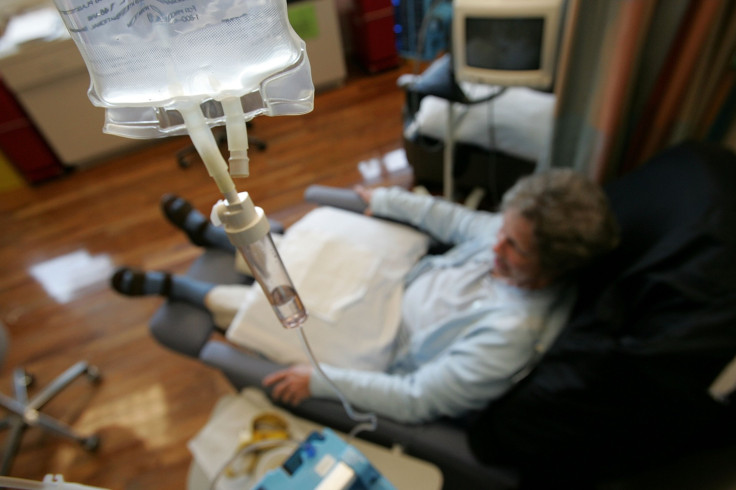Cancer Death Rates In US Continue To Fall, Government Study Says

In a welcome development, cancer death rates in the United States continued to decrease in men, women, and children from 1999 to 2016, according to the latest Annual Report to the Nation on the Status of Cancer.
The report released last Thursday showed that overall cancer incidence rates or the rates of new cancers declined in men from 2008 to 2015 after rising from 1999 to 2008. Incidence rates were stable in women from 1999 to 2015.
“We are encouraged by the fact that this year’s report continues to show declining cancer mortality for men, women, and children, as well as other indicators of progress,” said Betsy A. Kohler, executive director of the North American Association of Central Cancer Registries (NAACCR).
“There are also several findings that highlight the importance of continued research and cancer prevention efforts.”
There were a few downsides to the otherwise upbeat results of the report. For one, the report noted that among men and women ages 20 to 49, both incidence and death rates were higher among women. In the 20–49 age group from 2011 to 2015, cancer incidence rates among women rose an average of 1.3 [percent] per year. In contrast, it dropped 0.7 [percent] per year among men.
“The greater cancer burden among women than men ages 20 to 49 was a striking finding of this study,” said Elizabeth Ward, Ph.D., lead author of the study.
She said the high burden of breast cancer relative to other cancers in this age group “reinforces the importance of research on prevention, early detection, and treatment of breast cancer in younger women.”
Mortality in this age group from 2012 to 2016 is falling, however. Death rates decreased 2.3 [percent] per year among men and 1.7 [percent] per year among women. The study also showed the rates of decline among women in this age group are faster than those in older women.
Also, from 2011 to 2015, the average annual incidence rate for all cancer sites combined was about 1.2 times higher among men than among women. From 2012 to 2016, the average annual death rate among men of all ages was 1.4 times the rate among women.
The annual report was made through a partnership among the National Cancer Institute (NCI), which is part of the National Institutes of Health; the U.S. Centers for Disease Control and Prevention (CDC), the American Cancer Society (ACS) and the NAACCR. The report was published in the Journal of the National Cancer Institute on May 30.
Other welcome news from the report were: in the 20–49 age group from 2011 to 2015, the average annual incidence rate for all invasive cancers was 115.3 per 100,000 people among men compared to 203.3 among women. From 2012 to 2016, the average annual cancer death rate was 22.8 (per 100,000 people) among men and 27.1 among women in this age group.
The study revealed that the most common cancers and their incidence rates among women ages 20 to 49 were breast (73.2 per 100,000 people), thyroid (28.4) and melanoma of the skin (14.1). Breast cancer incidence far exceeded the incidence of any other cancer. The most common cancers among men ages 20 to 49 were colon and rectum (13.1), testis (10.7) and melanoma of the skin (9.8).
As for cancer among ethnic groups, the report indicated continuing racial and ethnic disparities in cancer mortality and incidence.
African-American men and women had the highest cancer death rates, both for all cancer sites combined and for about half of the most common cancers in men and women when data for people of all ages were combined and compared by sex, across racial and ethnic groups.
African-American men and white women had the highest overall cancer incidence rates. Asian/Pacific Islander men and women had the lowest overall rates. Non-Hispanic men and women had higher overall incidence rates compared to Hispanic men and women.
“Major declines overall in cancer mortality point in the right direction, yet significant differences remain in cancer cases and deaths based on gender, ethnicity, and race,” CDC director Robert Redfield, M.D. said. “A better understanding of these discrepancies improves cancer diagnosis and recovery for all patients and is vital to our public health mission.”
Published by Medicaldaily.com



























